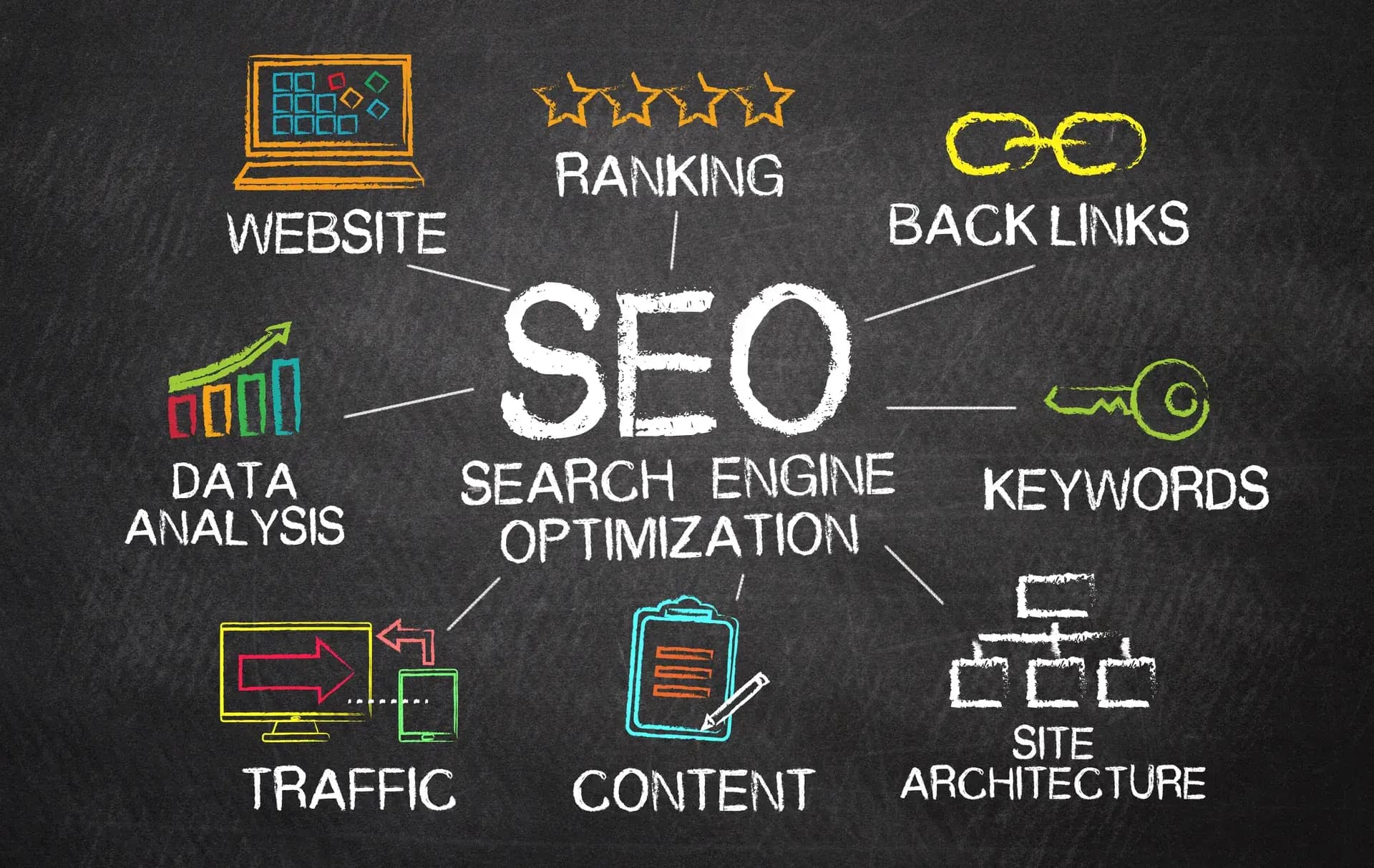In the realm of marketing, understanding the distinction between target audience and target market is crucial for effective campaigns. While these terms are often used interchangeably, they represent different concepts that can significantly impact your marketing strategy. In this guide, we will delve into both terms, their differences, and how to identify your target audience and target market effectively.
What is a Target Market?
A target market refers to a specific group of consumers within a broader market that a business aims to reach with its products or services. This group shares common characteristics, such as demographics, location, or interests. Identifying your target market helps streamline your marketing efforts and ensures that your advertising reaches the right people. Consider the following:
- Demographics: Age, gender, income level, education, etc.
- Geographic Location: City, region, or country where your market is located.
- Psychographics: Lifestyle, values, and interests.
What is a Target Audience?
Your target audience is a more refined segment of your target market. It represents the specific individuals you aim to reach with your marketing messages. Unlike the target market, which covers a wider range of consumers, the target audience focuses on the people who are most likely to engage with your brand, such as making a purchase or signing up for a newsletter. Key aspects include:
- Behavioral Traits: Shopping habits, brand loyalty, and purchasing patterns.
- Interests: Activities, hobbies, and preferences that align with your offerings.
- Engagement Levels: How frequently the audience interacts with your brand.
Differences Between Target Market and Target Audience
While both concepts are related, they serve different purposes in marketing:
- Scope: Target market is broader; target audience is more specific.
- Focus: Target market identifies potential customers; target audience is focused on individuals ready to take action.
- Purpose: Understanding the target market aids in product development; knowing the target audience helps refine marketing messages.
How to Identify Your Target Audience and Target Market
Identifying both your target market and target audience requires research and analysis. Here are some steps to follow:
- Conduct Market Research: Utilize surveys, questionnaires, and focus groups to gather data about your current customers and potential markets.
- Analyze Competitors: Study your competitors to understand who they target and the effectiveness of their strategies.
- Use Analytical Tools: Employ tools like Google Analytics to track audience behavior and preferences on your website.
- Create Buyer Personas: Develop detailed profiles that represent your ideal customers, integrating all gathered data.
Conclusion
Understanding the difference between target audience and target market is essential for successful marketing strategies. By clearly defining these elements, you can create sharper marketing campaigns that resonate with the right people. At Prebo Digital, we can help you analyze your market and audience to enhance your overall marketing effectiveness. Contact us today for a consultation and let’s get started on reaching your ideal customers!







